Optimal Timing for Waterproofing
Waterproofing is essential for protecting structures from water intrusion, which can lead to structural damage, mold growth, and reduced lifespan of building components. Proper timing ensures the effectiveness and longevity of waterproofing applications, making it a critical consideration in construction and maintenance schedules.
Spring offers moderate temperatures ideal for waterproofing projects, with reduced risk of freezing and high humidity levels.
Summer provides warm weather and longer daylight hours, facilitating efficient application and curing of waterproofing materials.
Fall is suitable due to cooler temperatures and lower humidity, which help in proper curing and adhesion of waterproofing layers.
Winter is generally not recommended due to freezing temperatures and potential moisture issues that hinder application and curing.

Ways to make Waterproofings work in tight or awkward layouts.
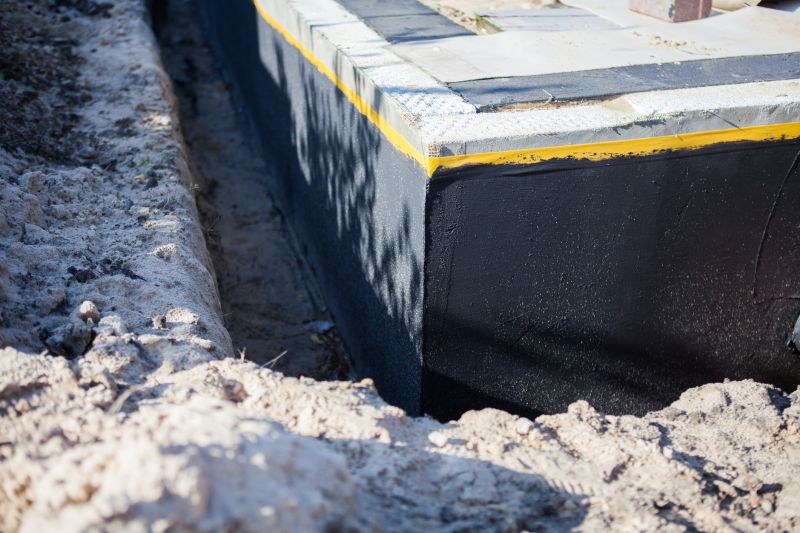
Popular materials for Waterproofings and why they hold up over time.

Simple add-ons that improve Waterproofings without blowing the budget.
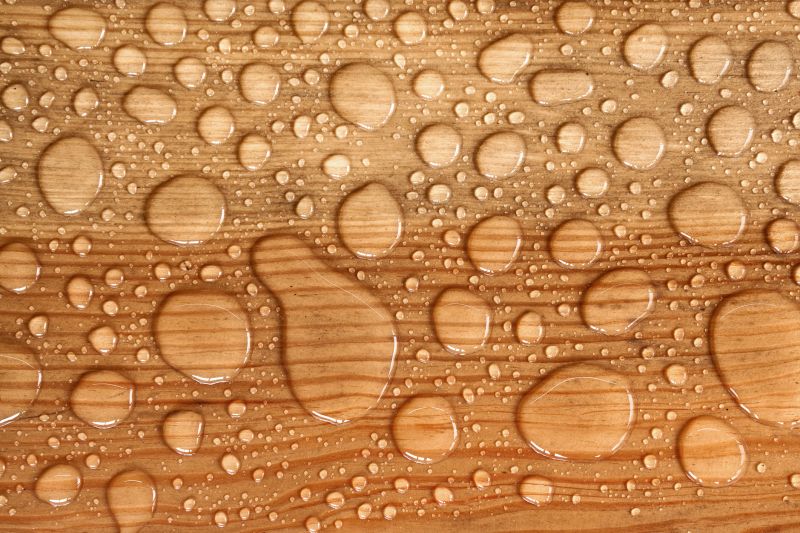
High-end options that actually feel worth it for Waterproofings.
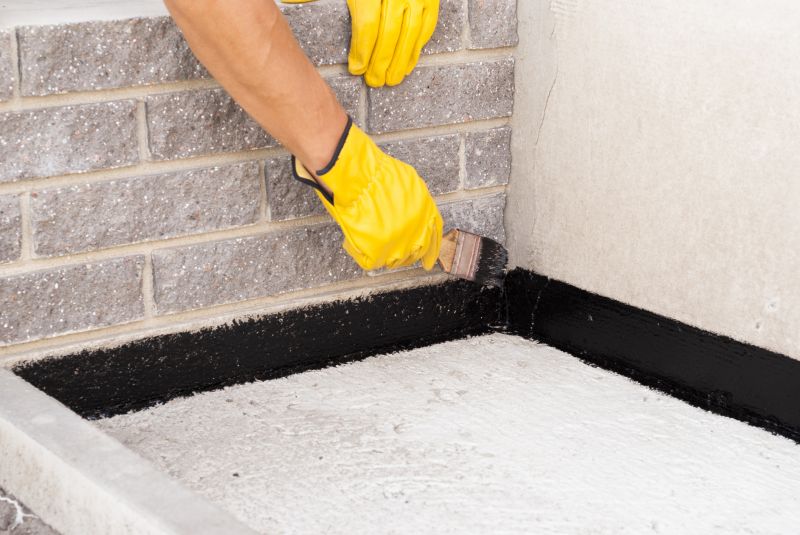
Finishes and colors that play nicely with Waterproofings.
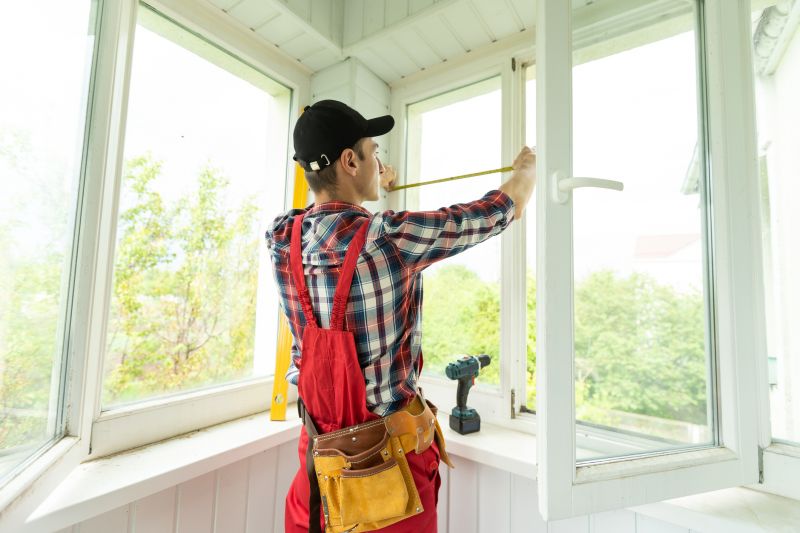
Little measurements that prevent headaches on Waterproofings day.
| Season | Recommended Conditions |
|---|---|
| Spring | Temperatures between 50°F and 70°F, low humidity, no rain |
| Summer | Warm temperatures, low humidity, dry weather |
| Fall | Cooler temperatures, low humidity, dry days |
| Winter | Freezing temperatures, high risk of moisture issues |
Waterproofings are most effective when applied during seasons with stable, moderate weather conditions. Proper timing minimizes issues related to temperature fluctuations and moisture, ensuring a longer-lasting barrier against water intrusion. Accurate scheduling based on seasonal weather patterns can significantly improve the durability of waterproofing systems.
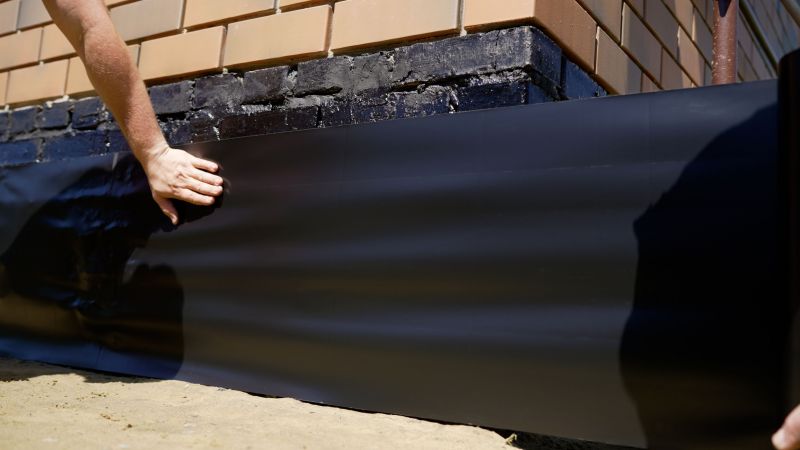
A 60-second routine that keeps Waterproofings looking new.
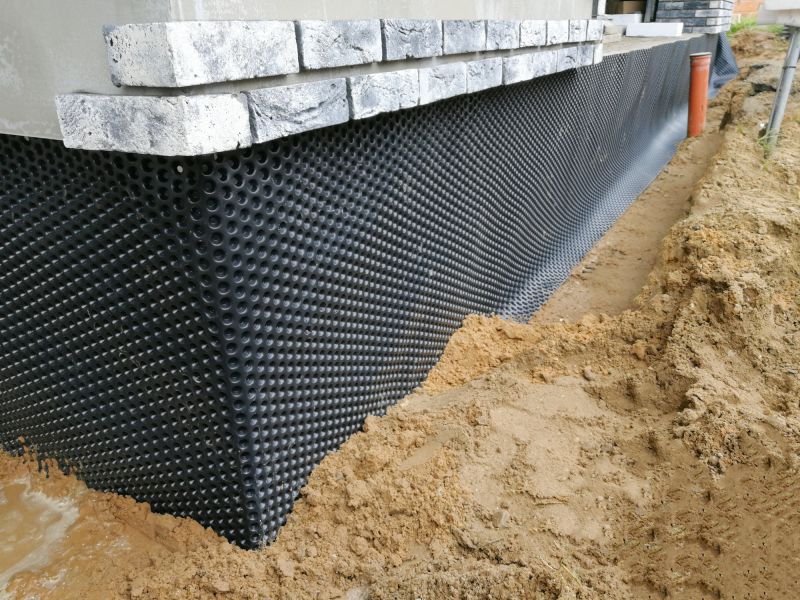
A frequent mistake in Waterproofings and how to dodge it.

Small tweaks to make Waterproofings safer and easier to use.
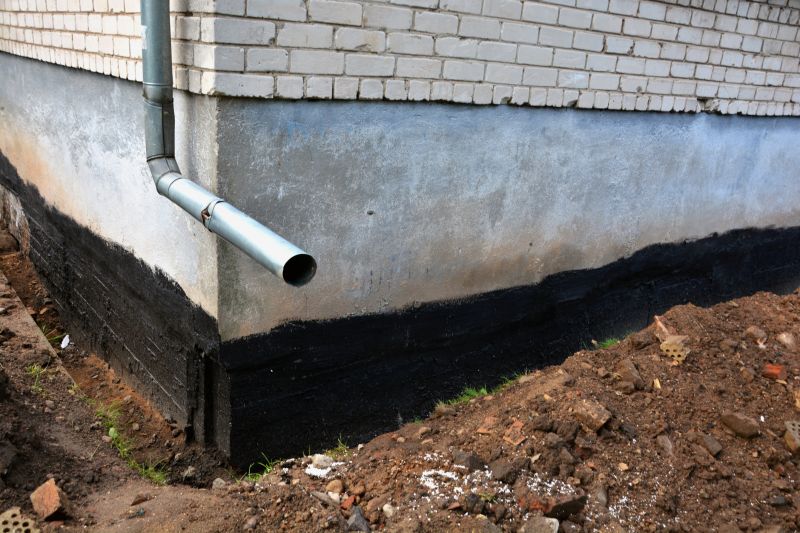
Lower-waste or water-saving choices for Waterproofings.
Choosing the right time for waterproofing can prevent costly repairs and extend the lifespan of structures. Consulting with professionals can help determine the optimal season based on local climate conditions and project requirements. Proper planning ensures waterproofing systems function effectively throughout their intended lifespan.
Interested in waterproofing services? Filling out the contact form can provide more information about scheduling and options suitable for specific building needs.





